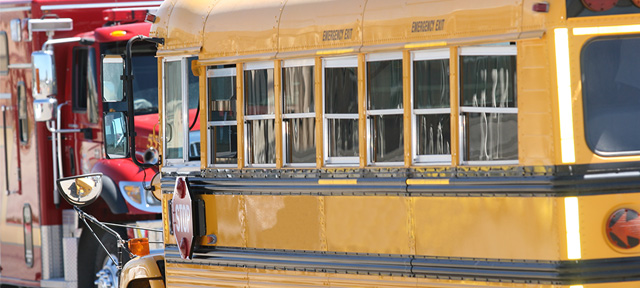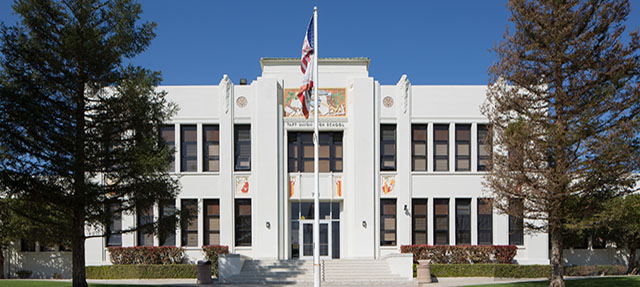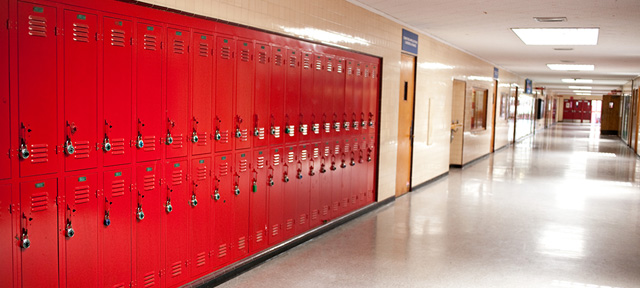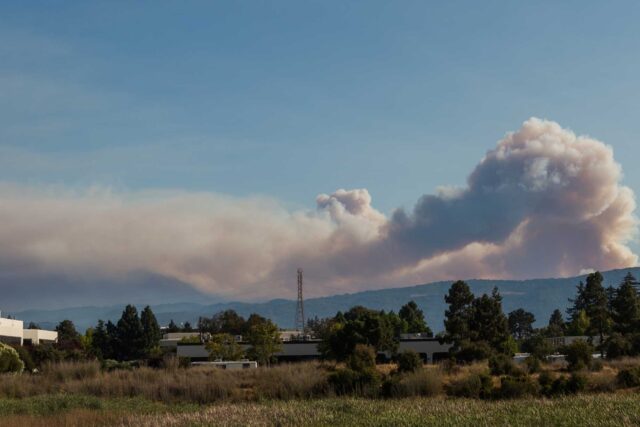School districts that have been dealing with the impact of COVID-19 must also consider the potential for school closures and disruptions to distance learning because of fire. The state’s new reopening guidelines allow counties to open middle and high schools during the fall semester only if they have been off the state’s COVID-19 monitoring list for 14 days; elementary schools can open if they get approval from local health officers. Meanwhile, California’s wildfire season has begun, and some parts of the state are especially concerned that it may be longer and more severe than last year, given extremely dry weather in January and February.
The concurrence of a perilous fire season with the coronavirus outbreak raises several concerns. The continued spread of COVID-19 has already affected wildland firefighting—for example, it has reduced the number of firefighters available and curtailed mutual aid arrangements. It may also affect schools: fires may shut down any schools that do reopen their classrooms for the fall semester; and fire-avoidance power shutdowns of the sort that PG&E implemented last summer are likely to interfere with distance learning.
During the 2018–19 fiscal year, nearly a third of California schools closed at some point because of emergencies, a nearly tenfold increase from three years ago. Wildfires and resulting environmental hazards—hazardous air quality and flooding, for example—caused the overwhelming majority (77%) of these closures, up from 38% in 2015–16.
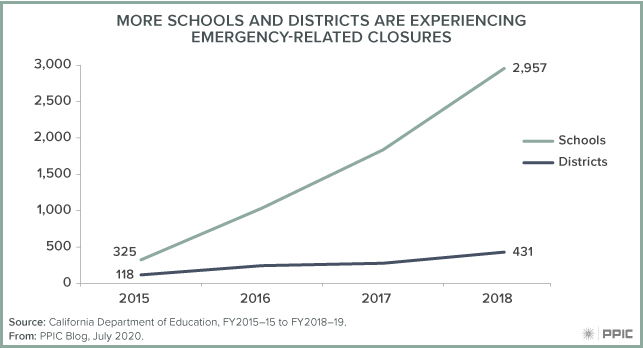
Wildfires accounted for a total of 1,312 days of school closure in 2018–19, far more than other natural disasters (479 days), power outages (45 days), facility conditions (10 days), and public health issues (8 days) put together. These numbers from the California Department of Education probably undercount school closures, because they do not include districts’ “built in” emergency closure days.
Perhaps the most serious concern is the growing number of schools experiencing prolonged closures due to extreme weather and natural disasters. During the 2017–18 fiscal year, more than 400 schools closed for longer than a week. Wildfires caused the longest closures—in one of the worst fire seasons in state history, at least five schools closed for 120 days because of the Camp Fire. During the just-completed school year, of course, the COVID-19 public health crisis accounted for the vast majority of closure days.
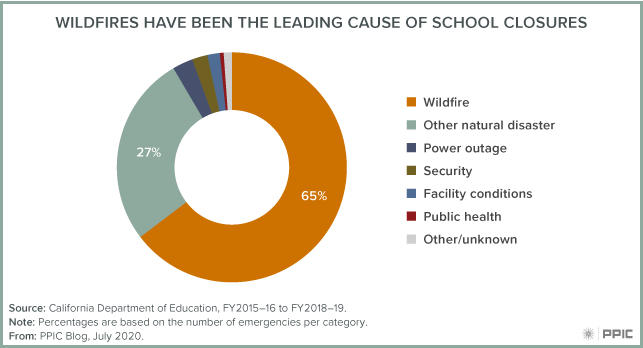
The COVID-19 pandemic and the growing frequency and severity of wildfires and extreme weather are motivating school officials to develop strategies for shifting to distance learning or other alternatives to traditional classroom instruction—for both long- and short-term closures. Ongoing efforts to improve broadband and computer access in and out of classrooms across the state may make it easier for schools to transition to distance learning and increase their operational flexibility.
